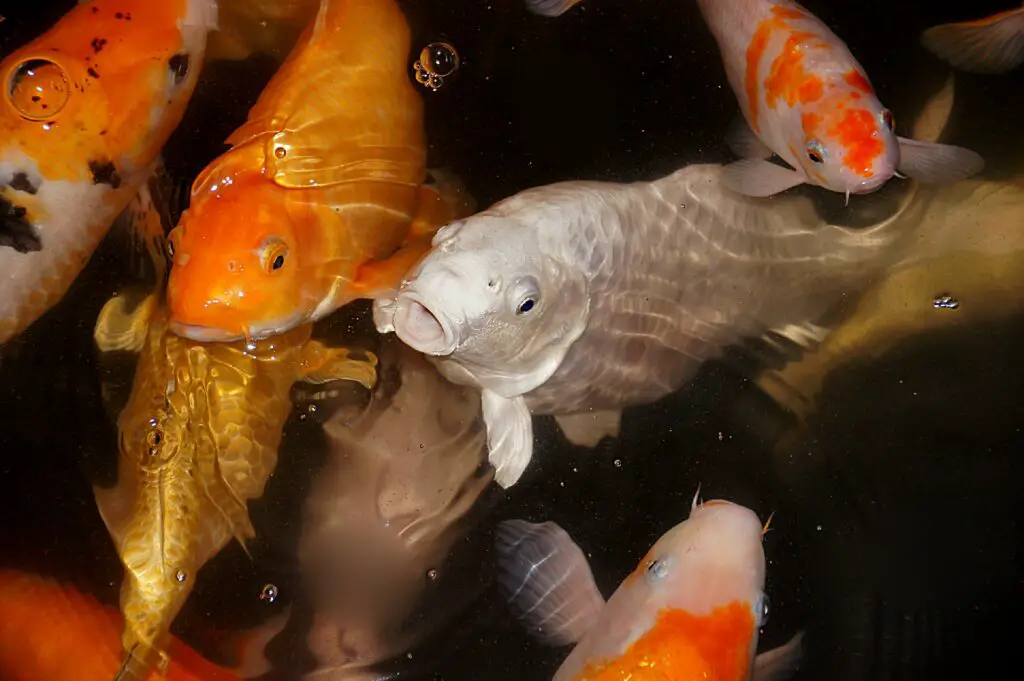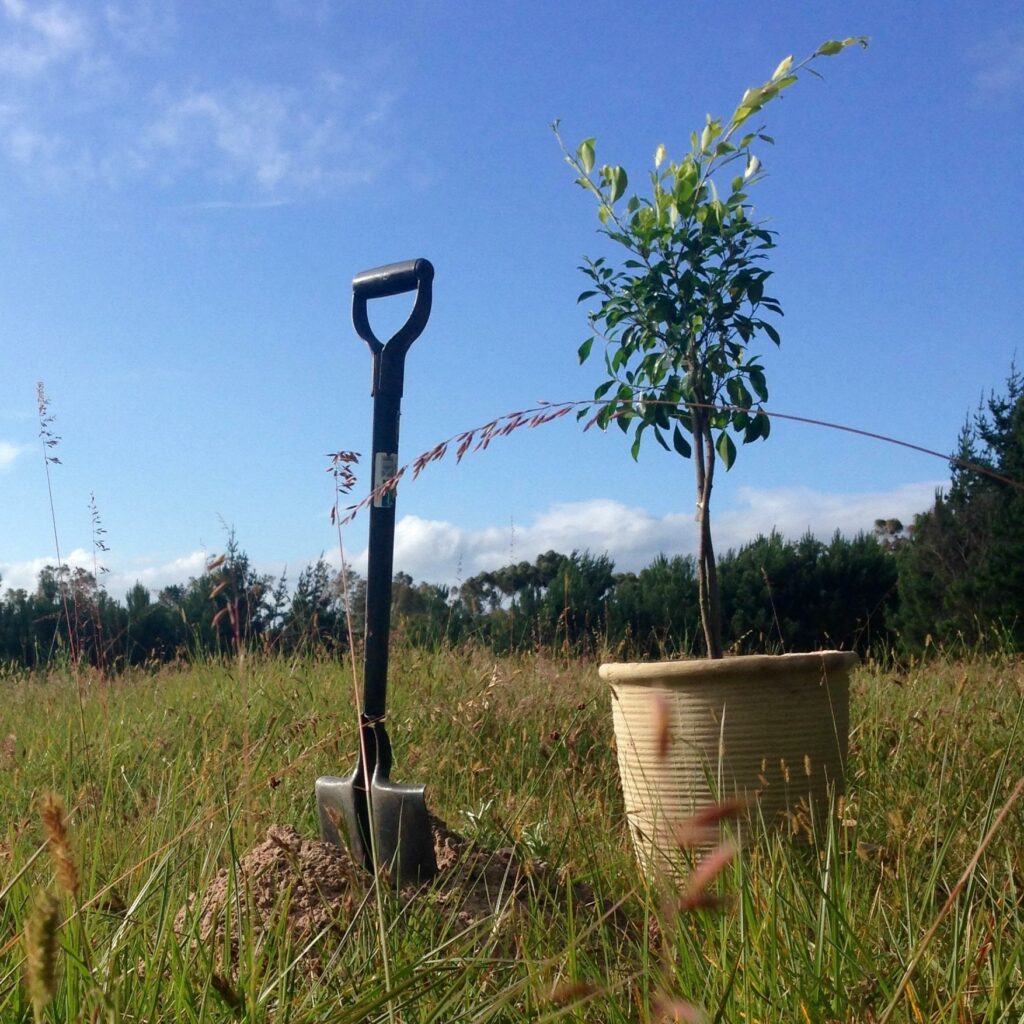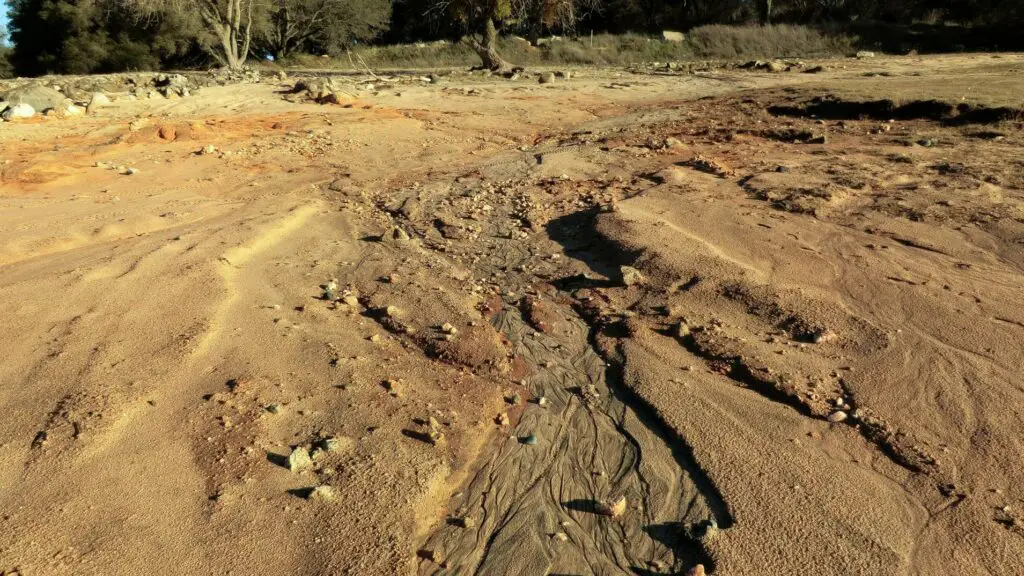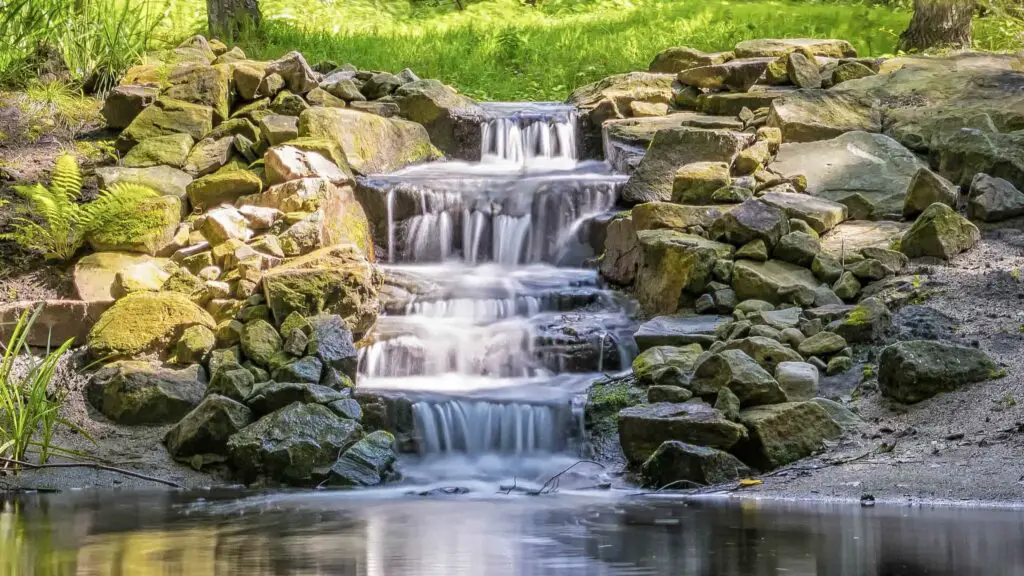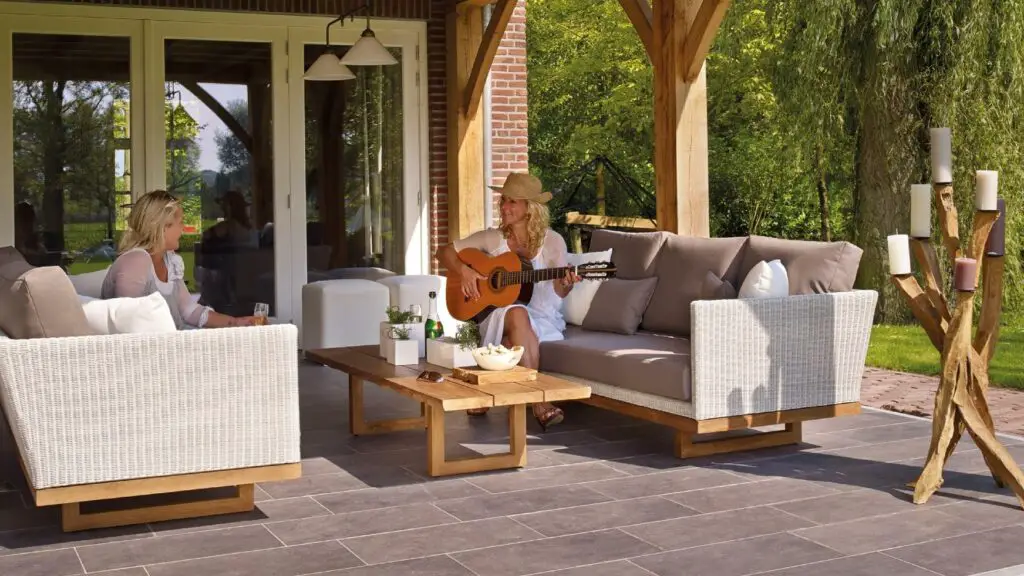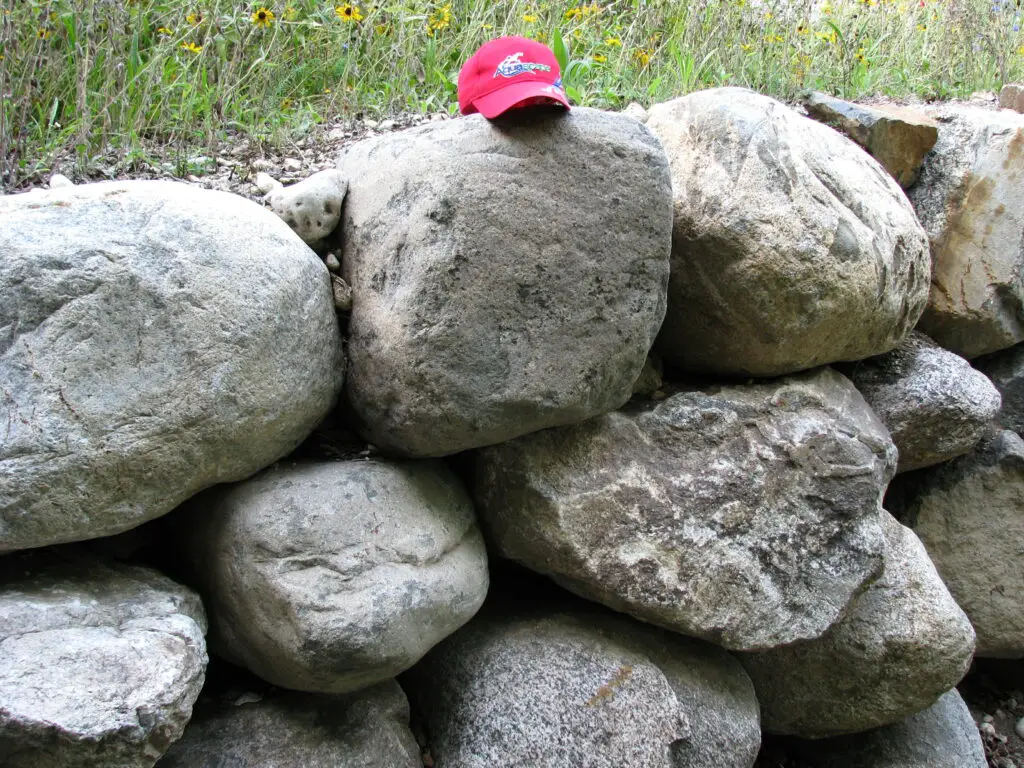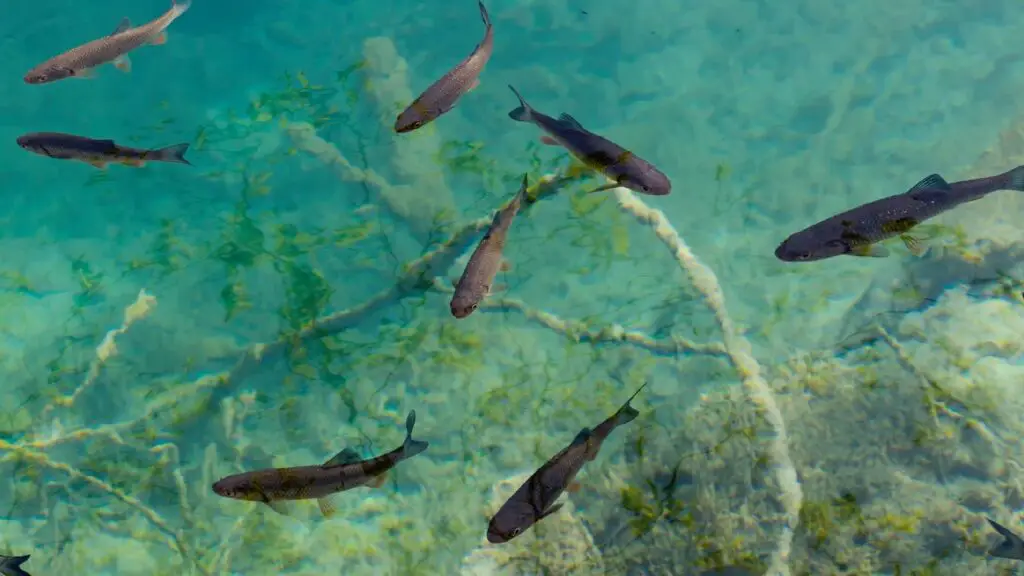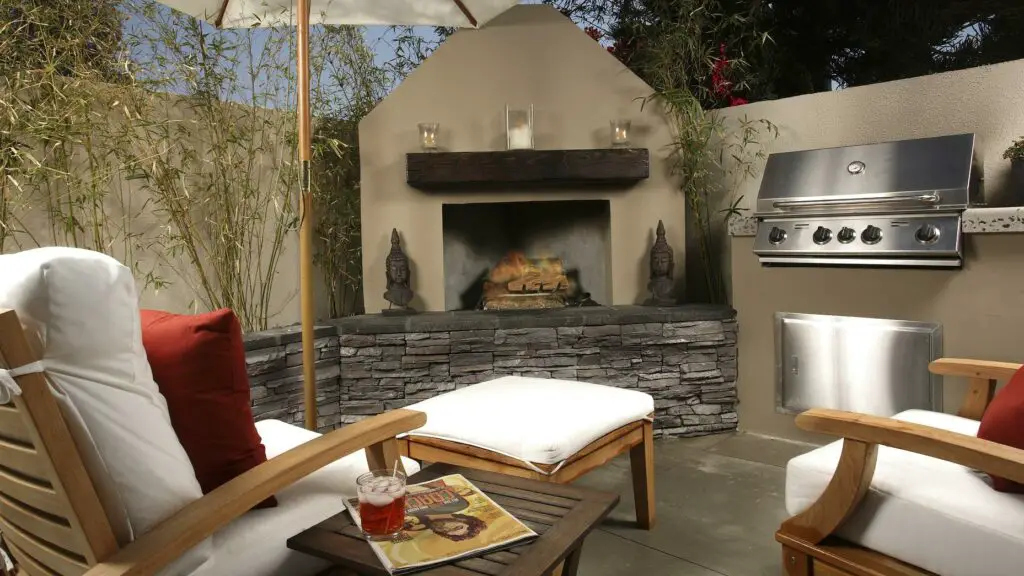Having the perfect driveway is crucial if you want to leave an impactful first impression of your dream home on anyone visiting or passing by. However, many homeowners often overlook their driveway when doing remodeling projects. As a result, they settle for something dull and monotonous as long as it serves its purpose. We’re here to tell you it doesn’t have to be like that.
There is an excellent variety of driveway materials from asphalt to concrete, grass bed to mosaic glass to cater to your preference and design tastes without breaking the bank. This article will discuss the most popular driveway types and some necessary information every homeowner needs to know!
The Importance of Curb Appeal
First impressions are important, and the same applies to your dream home. A beautiful and well-maintained driveway can easily add style and improve your house’s curb appeal.
Different types of driveway surfaces can change the whole look of your home. In contrast, choosing the wrong style could make your house look unappealing, drab, and outdated.
Colors and exterior details need to match the period of your house, and it should be the same with your chosen driveway or walkway, given that it is what leads people to your home. Typically, you would want it to be attractive, homey, and welcoming.
If you have plans to sell your house sometime in the future, chances are any potential buyer will be discouraged to even step a foot inside if your home doesn’t look visually appealing from the outside. Keep in mind that your driveway plays a crucial role in their first impression of the property.
A driveway in poor condition will devalue your home, as potential buyers might see the extra cost involved in fixing the driveway and its needed extra maintenance right away. It is your responsibility to keep your driveway looking at its prime.
Types of Driveways
To give you a brief background, the trend of driveways began in the second half of the 19th century. Before, gravel was the most popular surfacing material, while brick, stone, and flagstone were popular alternatives.
When motorized vehicles became the norm in the 20th century, driveways and back alley access became needed in many homes. Asphalt and concrete grew to be widely popular choices shortly thereafter. Today, homeowners can choose from many types and materials for their driveway needs.
1. Concrete Driveway
Concrete, which is considered one of the most popular types of driveway, is costly, but you can count on its durability for a very long time. This means extra savings on your part as you won’t have to get repairs or have a new one installed for many years to come.
Appearance-wise, it also offers a variety of appearances as it can be stamped or dyed a particular color of your own choice. Concrete can be ground down and top coated to change color or texture in the future.
However, like most solid surfaces, concrete can be affected by the quality of installation. While a properly installed concrete slab will last a lifetime, a thin, uneven pour over a substandard base will be prone to crack and move over time. The base prep is critical in all solid surface applications.
Concrete is prone to staining. If you change the oil in your vehicle while it’s parked in the driveway, you need to be extra careful not to spill a drop. If you spill oil on a concrete driveway, it will leave a stain that is very difficult to remove.
2. Asphalt Driveway
Asphalt is another popular material for driveways as it can be installed relatively quickly by a professional crew, and it is cheaper than concrete. More so than with concrete, asphalt relies heavily on the base prep, so don’t cut corners when hiring a contractor; make sure that the base will be solid or your asphalt driveway will fail in short order.
Their vibrant black appearance also makes your driveway look neat and presentable. But do take note that asphalt only comes in one color, limiting your customization choices. The material needs to be resealed often, at least once every four years.
Fortunately, it isn’t too difficult to do minor repairs and seal an asphalt driveway yourself. If you are handy and don’t mind some outdoor work, you can surely handle asphalt maintenance yourself.
3. Clay Brick Driveway
Brick has been used as a paving material since ancient times and will undoubtedly give your driveway a classic, timeless look. It is available in a wide variety of colors, so you are free to customize it just the way you like!
Homeowners can also count on its durability for a long time, and it’ll look perfect in historical homes and high-end houses. However, keep in mind that bricks may cost you more than other materials.
The downside of brick is that each individual brick can move on its own, so base preparation is critical. Also, brick is not as well suited to freezing climates as freezing temperatures can damage the bricks, and the bricks can catch the edge of snowplows.
4. Gravel Driveway
A popular, inexpensive option, gravel driveways are readily available everywhere. Generally, they can be installed easily and quickly, so you can use them immediately. This rocky surface can also be the base, so installation can often be a one-step process.
Given that this material is available in a wide range of colors, you will have a sense of freedom in customizing your dream driveway. Gravel is dug out of pits and will vary depending on the source and location. It is typically a mix of sizes installed and compacted in the same form as excavated out of the ground.
Drainage is essential for gravel driveways, as is base prep. Any loose soils should be removed before gravel installation, or the soft ground will push up through the gravel over time.
Gravel driveways that are well-drained and compacted over hardpan are durable and long-lasting and will likely only need a bit of topdressing and re-grading over the years. On the other hand, gravel driveways built in wet areas or over a soft base will require regular dressing and grading to eliminate potholes.
Gravel can be problematic in snowy regions as snowplows and snowblowers tend to move the gravel.
5. Dirt Driveway
This is what you get in the absence of a driveway. Many a dirt driveway was started when the first automobile crossed a grassy field to get from the road to the house. It is the simplest and cheapest option as it takes no prep at all.
The only time a dirt driveway will serve you well is if you are out in the country where your neighbors won’t mind the look and if your ground is very firm and well-drained. Dirt driveways are very prone to rutting and erosion, so a light rain can turn your dirt driveway into a slip and slide.
6. Crushed Stone Driveway
While a crushed stone driveway is very similar to gravel in most ways, the stone used is a bit different. A crushed stone driveway is constructed using crushed stone. Rather than using gravel of various sizes and comprised of rounder stones, crushed stone drives are installed using a stone that is mechanically crushed to a particular size, which creates jagged shapes and dust.
Crushed stone driveways can be constructed using any stone that can be crushed, so limestone, granite, basalt of any other stone will work well.
As with gravel driveways, the crushed stone driveway is not particularly well suited for use in snowy areas where snow plows and snow blowers will tend to move the stone around.
7. Cobblestone Driveway
The sight of a driveway made of cobblestone is a tale as old as time. This classic material offers a variety of designs to choose from, which improves your home’s visual perspective appeal.
Homeowners can also count on cobblestone’s durability, given that it is made using natural stone blocks and will last indefinitely. As with other individual stone or brick driveways, the flatness and durability of the driveway will depend mainly on the base preparation.
No matter how good the base, like brick, individual cobbles can move independently of each other, so heaving in the wintertime and general movements can be expected. Also, like brick, cobbles will catch shovels and plows and may make snow clearing more difficult.
8. Green Lawn Driveway
Green lawn driveways are a popular alternative to traditional asphalt or concrete pavers. Typically, when you see a driveway that appears to be grass, it is actually grass growing through concrete or plastic blocks or gridwork that holds the soil in place and allows the grass to grow.
By providing a rigid structure to hold soil and take the weight of vehicles, these blocks will allow the grass to survive when an average lawn would simply turn to dirt.
Grass driveways are only recommended for light use areas, as daily heavy use will result in dead grass.
9. Interlocking Concrete Pavers Driveway
Interlocking pavers are composed of cement or concrete, shaped to fit together with other pavers of the same sort. As a result, they are as strong as concrete yet as easy to install as brick. The interlocking pavers come in a wide variety of colors and shapes and can resemble real stone or natural brick. Some are truly interlocking, which provides more stability, while others are simply brick or block-shaped.
As with brick or cobblestone, the finished driveway is only as solid as the base beneath. And like brick and cobbles, snow removal can be problematic.
10. Tar and Chip Driveway
While this material is not the most common pick, driveways made of tar and chip material are becoming more popular by the day. Also known as chip sealed driveway, this driveway type serves as a cost-effective alternative to asphalt paving, and it also gives homeowners an excellent surface for traction.
This type of paving appears similar to asphalt but with a different installation process. In particular, layers of gravel are arranged in a sequence, with hot liquid bitumen asphalt and more loose stone laid over the surface before being compressed. It also has other names, such as seal chip, macadam, chip-and-seal, or liquid asphalt and stone.
While you’re not required to spend a fortune on this driveway type, it needs more upkeep than other options. Consider covering your tar-and-chip driveway with a thin under-layer of concrete to boost longevity and possibly save money in the long run.
11. Recycled Glass Driveway
While a recycled glass driveway is an odd material choice, this makes for an attractive and handy solution. Don’t worry; it isn’t made of ordinary glass, so it won’t cut up your tires!
The recycled glass material will be professionally altered and resin-sealed, making it as strong as possible. When sealed with resin, your glass driveway can be used for a long time without recurring issues, and this makes it a cost-effective pick for many homeowners.
Given that it is made of recycled materials, your driveway will also be environmentally-friendly. Repurposing discarded glass from a local landfill is a great way to contribute to a greener planet.
Furthermore, this driveway type also requires little maintenance when installed properly. There are also several available color options, giving you the freedom to tailor a recycled glass driveway to your liking.
12. Exposed Aggregate Driveway
One of the biggest trends in modern driveways is exposed aggregate. This material is available in a variety of sizes and hues. With the wide range of choices, you will have a great selection of unique and attractive driveways to complement your property.
It also creates a non-slip sealed surface that requires little to no upkeep and can last for over a decade. Comprised of unique aggregates that are exposed on the surface with particular concrete mixes, the concrete surface has smooth-textured stones and pebbles. This is basically a poured concrete driveway with the aggregate exposed on the top layer to make it more interesting.
In comparison, a smooth concrete finish has a visible surface mostly made up of concrete fines or tiny concrete particles. Also, the typical dark grey of the exposed surface has the characteristic dull grey color of concrete.
13. Flagstone Driveway
Renowned for its distinctive appearance & unique look, this driveway type makes for a great choice if you want to improve the aesthetic appeal of your property. This material, however, requires more time and care to install than concrete or asphalt. Individual stones are placed together in a pattern, or a random puzzle piece look.
When building a driveway out of flagstone, the individual stone pieces need to be large and thick to avoid them moving around and cracking when cars drive over them. These would often be laid on crushed stone bases or can be mortared onto a concrete base.
Shapes of Driveways
Aside from choosing your driveway material, there are various things to consider, including your budget, intended purpose or usage, and the design or shape of your driveway.
Keep in mind that a well-designed and properly installed driveway will significantly improve not only your home’s curb appeal but also your property value.
Your preferred driveway design poses some practical implications. Hence, it’s best to decide after considering all the pros and cons.
Here are some helpful guidelines to help you choose the best driveway shape to fit your needs:
- Straight Driveway – Straight driveways are the most common choice, and they give a direct route to the property. This type of driveway is straightforward to make, and you can even opt to lay and install it yourself as it doesn’t require much planning. It’s suitable for small properties without much room to spare. And when it comes to appearance, this design is geometric, clean, and modern. It’s the perfect choice for modern houses!
- Circular Driveway – If you have extra space on your property, circular driveways may be the best choice! This design will take up a large area, so it’s best to ensure that you have the proper calculations and dimensions. A circular-shaped driveway means a steady flow of vehicles, and there’s no double parking or backing up near the door. The central area within a circular driveway can also be utilized in several other ways or landscaped– the possibilities are endless!
- Semi-circular Driveway – Compared to circular driveways, semi-circular driveways take up less space while providing a stunning look at the same time. Semi-circular driveways are ideally suited for large properties situated on very busy roads. This design also provides a stronger safety guarantee, given that drivers won’t be required to back out right into a busy road. Instead, they can keep a clear view at all times.
- L-shaped Driveway – The bottom segment of an L-shaped driveway can take the vehicle through the bottom and then straight up to the parking or garage area. This design is especially helpful if you have a long, narrow entrance to your property, with a garage on the left or right. Cars won’t be parked right in front of homeowners’ viewpoints, and they won’t take up valuable space that could be used for soft landscaping or a recreation area instead.
- Curved Driveway – Curved driveways are probably the most aesthetically appealing type of driveway and are often necessary for properties with many trees or other obstacles to avoid. A well-planned curved driveway can add character and intrigue to a property. Whether your property is far away from the main road, or you simply want to use a curve for the added curb appeal, this design allows you to be as creative as possible!
- U-Shape Driveway – U-shaped driveways are quite practical for daily use if you have extra space on your property. This design also has the potential to improve and transform the visual appeal of your front yard landscape. Given the driveway’s unusual shape, you will have a lot of room to work on getting creative and building eye-catching elements. Undoubtedly, this driveway shape will make your property stand out in the neighborhood.
- S-shaped driveways – S-shaped driveways are convenient and serve as a safe solution for building a driveway on a gradual incline or downslope. Not only does it slow down the vehicle approach and ensure the safety of any oncoming pedestrian, but it will also create a beautiful approach to the property from a design standpoint. If your house has a sloping entrance, you should seriously consider a “stepped” or winding approach for vehicles and pedestrians. S-shaped driveways are suited to properties with large lots.
- Y-Shape Driveway – As the name suggests, a Y-shaped driveway will take on the shape of its namesake letter. It will have a one-street entrance, with the driveway going two places. This is a less common driveway shape, but it has great use for homeowners. The Y-shaped driveway splits into two ways, one heading to the garage and the other to a walkway going to the front entrance. If you have more than one garage on your property or an extra space to park a boat or an RV, it’s best to consider installing this driveway shape. It could also be helpful if there is a natural or man-made feature in your way or when you need to break the driveway up.
Other Considerations
Aside from the layout and material choices, here are some other considerations every homeowner needs to keep in mind when installing a driveway:
Gradient and Width
The natural geography of your land will heavily influence your driveway’s gradient. If you’re planning to install a driveway, it’s best to strive for a slope that’s neither too steep nor too flat to ensure proper drainage.
A fully flat driveway may have poor drainage, resulting in water accumulating on the surface. On the other hand, a steep driveway may become overly slippery in inclement weather, especially if the surface isn’t properly designed. Curves can help minimize the slope, and filling in the middle of a level driveway allows water to run down on both sides.
Another important consideration is the width of your planned driveway. There are likely minimum and maximum requirements for each, so consult with your neighborhood first but then consider the vehicles that will be coming and going.
Installing a narrow driveway will save space and money, but a narrow curving drive will encourage careless drivers to drive off of the side of your driveway and create ruts.
Keep in mind that the safety of your property’s entrance is determined by the gradient and width of your driveway.
Ease of Access
Ease of access should be among the top considerations when planning a driveway for your home. Typically, you would want to install a driveway that creates a safe, convenient, and easy entry and exit.
Do note that this factor is especially important if your property is located on a busy or narrow street with limited visibility.
The size of your property will also have a significant impact on what you can do to improve access, but your chosen design can also help improve your home’s visual perspective.
Some methods to make your driveway safer are straying away from planting tall bushes and trees, lowering the height of your fence, and installing adequate lighting.
Trees, Shrubbery, and Utilities
Any driveway excavation may potentially damage existing roots, as well as any underground utility connections to your property. Always have the property marked for utilities before any excavation. It is also a good idea to plan your driveway around any important shrubs or trees that may be damaged during installation.
Adding biodiversity to your property will undoubtedly add more value and improve curb appeal. Fortunately, local experts can advise you regarding the correct planting for trees and shrubs that won’t send the roots into your new driveway.
Choosing a Local Contractor
In any driveway repair, repaving, or construction project, it is strongly advised to hire a professional contractor. A reputable company with strict design specifications, procedures, and trusted installation techniques can ensure high-quality results.
Other things you need to consider are obtaining several quotes for your driveway project, calling previous client references for validation, and visiting the previous installation and work sites by your chosen company if you have the time.
It’s also crucial to verify that the company offers proper liability insurance coverage in case of an accident or injury during the duration of the driveway project.
Subgrade Surface Preparation
The subgrade is an important part of any driveway project, as it acts as a foundation for whatever will go above it. The base must be dug down to hardpan To avoid movement in the solid surface in the future. This means that you must remove all soft friable soils until you reach a fairly solid surface.
This will vary greatly depending on your site. If your ground is very sandy and rocky, removing a bit of topsoil and compacting the base may be all that is needed. On the other hand, if you need your driveway to cross a wet, boggy area, it may require you to pump out all water and excavate deeply to remove the soft ground. Even then, there are some areas where your best bet is to lay down thick layers of geosynthetics under your base to keep the loose, wet mud from mixing with the base stone.
Adequate Driveway Drainage
Poor drainage will reduce the lifespan of your new driveway. As a result, you will be required to do frequent maintenance and repairs. Any permeation will eventually lead to cracks and holes, requiring you to spend money on driveway repairs too soon.
On flat ground, your driveway must have at least a 2% slope and a quarter-inch crown every foot for proper drainage. Drainage considerations also include assessing potential runoff from nearby structures, drains, sidewalks, and patios. Another special consideration is to install pipe cross drains beneath to channel the water under the drive rather than over.
Maintenance
Consider the expense and maintenance required in the upkeep of your driveway when choosing one. Gravel, for example, is less expensive than stone paving, but it will need more maintenance regularly. You might realize that the investment for a pricey yet less maintenance material is worthwhile in the long run.
Below are some general tips to help care for your driveway, regardless of its material or shape design:
- Minimize water on the driveway surface – Clear the sides of the driveway from ground and debris to allow surface water to run off rather than soak in or freeze on your driveway. Also, be sure that runoff from your downspouts is not directed at the driveway.
- Fill any cracks – If you see any cracks or holes in your solid surface driveway, opt to have them fixed right away. Remove loose pieces with a masonry chisel and brush off the debris before applying a crack filler and patching solution. Don’t forget to seal the entire driveway after the compound has dried as well. A well-maintained, smooth, and level driveway can help prevent untimely slipping or tripping accidents when visitors are around.
- Make your driveway crack-proof – As the adage goes, prevention is better than cure. If you don’t want to go through the hassle of regularly filling the cracks on your driveway, you will need to ensure your driveway is built properly. To prevent water from entering, freezing, and cracking in driveways, seal concrete every year and seal asphalt every few years. Tree and plant roots can cause cracks, especially when pushing up from beneath the soil. With that in mind, any trees near driveways should be removed, or their roots clipped away as a remedy.
- Be careful when plowing – Always be aware of your driveway surface to minimize snow removal damage. Areas of heavy snow and snowplows should expect to see plow marks over time, but smaller driveways that are hand cleared should not show wear from the shovel.
- Clean your driveway regularly – Removing stains from solid surface driveways caused by engine oil, radiator fluid, and other similar chemicals can affect more than just your driveway’s appearance. For instance, motor fluids can penetrate concrete up to a quarter-inch and may soften asphalt. Scrub any old stain repeatedly using grease-cutting, biodegradable cleaners and a standard scrub brush.
- Avoid using de-icing chemicals – Be aware that chemical deicers can cause damage to solid surface driveways. Various chemical products with ammonium nitrates and ammonium sulfates are particularly harmful since they chemically attack the concrete. Rock salt (sodium chloride) or calcium chloride might do less damage on your driveway surface, but they may harm live vegetation or corrode nearby metals. Stay away from using any deicers during the first winter after your driveway placement. Do note that new concrete is very susceptible to the harmful effects of salt. If you’re looking for an alternative, you can utilize sand for traction.
Make the most of your property by keeping your driveway clean and well-kept. Not only does it improve curb appeal, but it also makes your drive sturdier than those that are neglected. Remember that little regular upkeep can bring you significant returns later.
Frequently Asked Questions
What is the cheapest driveway material type?
Assuming that dirt just won’t do it, then gravel and crushed stone are by far the cheapest driveways that you can install for your driveway. They are also some of the quickest to install, and they can be used immediately after installation. Maintenance such as gravel replacement is just one of the few additional costs for using this material.
Despite being budget-friendly, there are still a few downsides to a gravel-made driveway. Gravel driveways produce noise that you or your neighbors may not like, and some of the stones may end up on the road or in your grass, causing more work for you.
What driveway surface is the most popular?
I would say that gravel is the most popular, but concrete is probably the most coveted due to its permanence and relative maintenance-free nature. Asphalt is arguably one of the best contenders for the title because it offers a smooth, hard surface for a lower price than concrete, but it lacks the timeless durability and ease of maintenance.
Will a driveway increase my property value?
Yes, a driveway can increase your property’s value making it worth the investment. If you’re looking for a rough estimate, paving a driveway may increase your home’s value from 5 to 10 percent.
Should base be installed before paving a driveway?
This all depends on the type of driveway you are installing. Obviously, a dirt driveway doesn’t have a base, and the gravel or crushed stone driveway is its own base. If you pour concrete thick enough, it can span almost any poor base material, just like a bridge spans a river, but the cost of concrete often makes this type of installation way too costly for the average homeowner. A solid base is required for a stable and long-term driveway installation for all other driveway materials. Having said that, if your native ground is gravel and sand, then you have a natural base.
How wide are residential driveways?
The width of a residential driveway will vary depending on if it is a single car or double car driveway. The standard width for a single-car driveway is 9 to 12 feet wide, while a double-car driveway is 20 to 24 feet wide.
Final Thoughts
The perfect driveway design starts with selecting the best material, shape, and other considerations that fit your needs. The drive is also likely to be used daily, so it needs to perform well and ensure optimal safety for everyone.
However, do keep in mind that whatever driveway layout you choose may significantly impact the property’s first impression and appearance.
Also, consider the lifespan you expect out of the driveway and how much maintenance and excess fees you are willing to commit. At the end of the day, it’s your responsibility to strike a balance between appearance, functionality, and safety in installing a new driveway.


